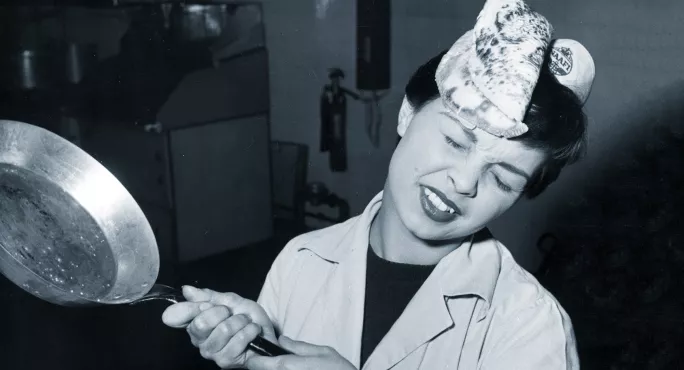What is flipped learning?
Flipped learning (sometimes referred to as flipped classrooms) is a pedagogical approach that inverts the traditional method of the teacher leading learning, instead handing responsibility over to the student.
This is a learner-centred approach that involves students being active in, and accountable for, their development. In the flipped-learning scenario, pupils are given materials and tasks prior to a lesson and instructed to work through these independently.
The technique proposes completing what is generally considered more traditional class work at home and extended homework tasks in school.
Where did it come from?
Although practices involving peer instruction and students assuming the role of teacher have been around for some time, the term “flipped learning” came into use around 2012 with the work of two science teachers, Jonathan Bergmann and Aaron Sams.
Both were interested in the best way to use face-to-face lesson time with their students and investigated different ways of using independent study (homework) and technology to free up lesson time for deeper and more developed thinking.
How is it used in schools?
There are numerous ways to flip a classroom but some of the following strategies can help:
- Set pre-lesson content and material that is engaging. Assuming that all pupils will read challenging, lengthy texts or complete detailed research from vague instructions may be unrealistic. Tasks should raise questions, spark interest and have clear, attainable goals that students can reach independently.
- Make use of technology. Many flipped-learning teachers use videos and online resources to create a form of tutorial outside of designated lesson time. This leaves them free to engage with students individually and provide support and extension more effectively when back in the classroom as they are not leading from the front.
- Set up expectations before flipping the learning so that all students know what they will be required to do and produce. Effective flipped learning happens with pupils who are comfortable with the process of studying independently and have clear structures to follow. Teachers should model desired approaches to research and note-taking and teach pupils how to go about tasks before sending them off to complete them individually.
- Make students accountable and ensure that the expected work has been completed by building in comprehension tests or informal assessments. Simple tests of learning can be set via online programmes for students to complete prior to the lesson, or starter activities that make use of knowledge from independent study might be used to gauge the level of work completed (or, more importantly, the range of understanding across the classroom).
Further reading




